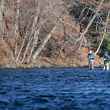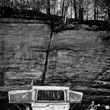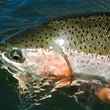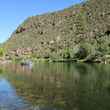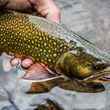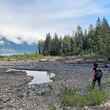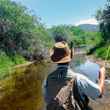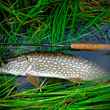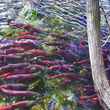Orvis's new, mid-priced Recon rod series has been garnered with heaps of positive feedback since its announcement last summer. While the Recon is being touted as Helios 2-like in its feel and performance, a fact that surprises few given the Recon is based on the Helios 2's design, the Recon series is built on a unique set of tapers and blanks that use less expensive materials than Orvis's flagship rods. The result, many have noted, is a rod with high-end performance but without the high-end price tag. Late last week, Orvis announced they are expanding the Recon lineup with nine new models, expanding the full lineup to 18 rods.
Inlcuded in the ranks of the nine new models are three specialty "brush rods" designed specifically for fighting big game in backcountry environments, such as snook and baby tarpon in tight mangrove quarters. Also amongst the newcomers are five new longer models, including 10 foot models in sizes 4, 5, 7 and 8 as well as a 9' 6" six weight. The new models are slated for availability come May 2015.



